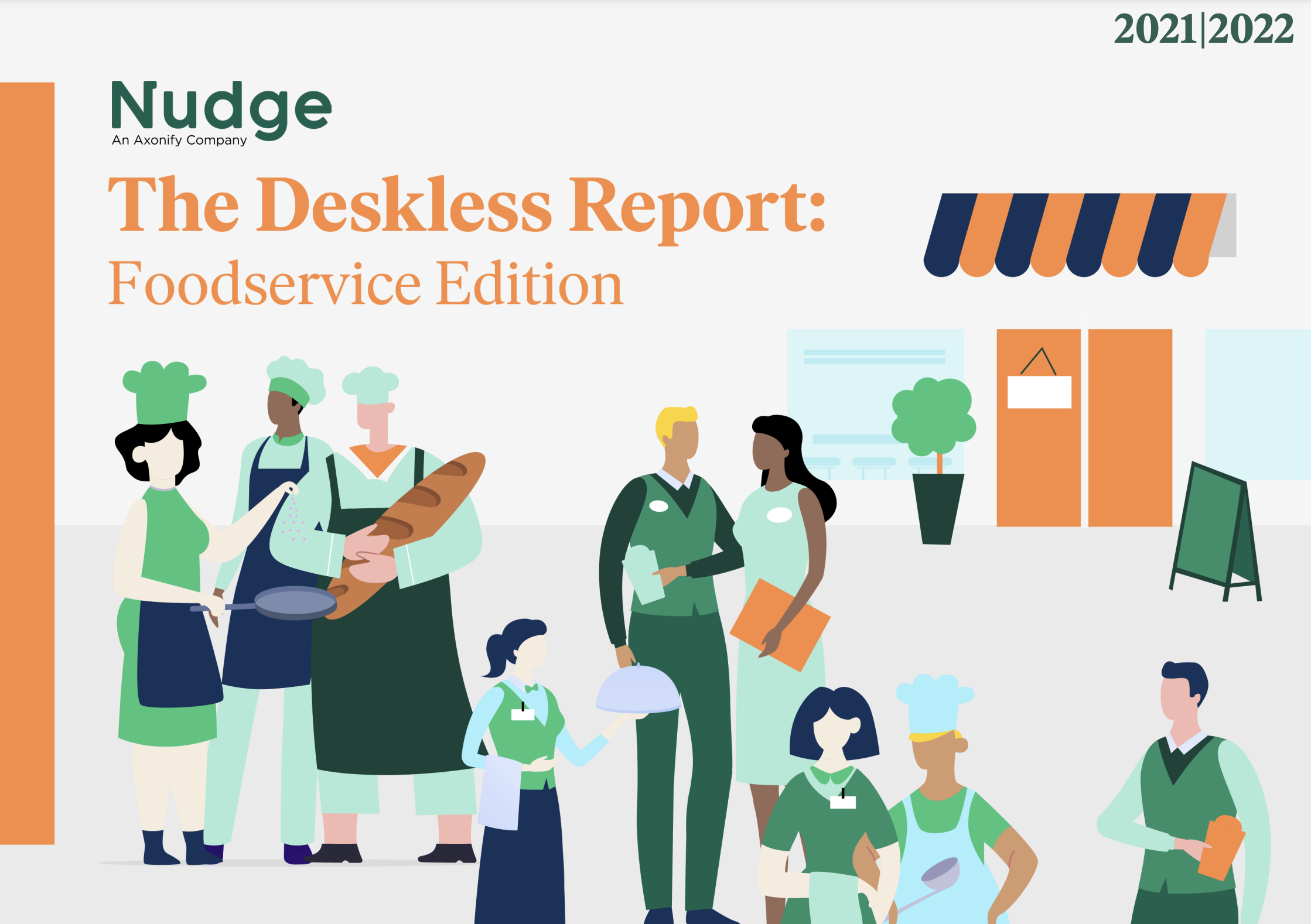What Food Service Workers Want

When it comes to what food service workers actually want, while better compensation came up in 50 percent of employees surveyed, the top finding was actually benefits, at 51 percent. This was followed closely by a sense of purpose at work (47 percent). While 64 percent of workers think about career progression often, 40 percent of workers don’t feel heard or recognized at work. If employers are not taking the time to regularly ask workers about their goals and ambitions within the workplace, or avoid making promotions from within, employees are left feeling stuck and undervalued.
The disconnect in communication becomes even clearer when examining how management views their communication style, with 94 percent of leaders believing they send meaningful communications — compared to 54 percent of workers who feel the communications they receive are somewhat to not at all useful.

Another important issue was the sense of community between coworkers, with 41 percent noting they don’t feel connected to their coworkers outside of the workplace. More time for team building events, more avenues for communication, and more team meetings were the top suggestions for increasing and facilitating worker connections. While a handful of restaurants still prioritize a ‘family meal’ (as seen in the viscerally accurate TV sensation The Bear), this tradition has become increasingly uncommon as employers prioritize revenue.
While the industry is starting to bounce back, the number of employees working in the restaurant industry is still down by 1 million compared to pre-pandemic levels. This means leaders are spending most of their time worrying about turnover. This was the number one challenge affecting employers at 25 percent, with revenue following close behind at 21 percent.
So what can employers do right now to halt worker turnover and encourage loyalty among staff? Consider implementing the suggestions listed in the report. Bring in benefits, family meals, worker outings, internal promotions, and make a point of regularly communicating how much you appreciate their hard work. Their loyalty will mitigate both your turnover and your revenue problems.


